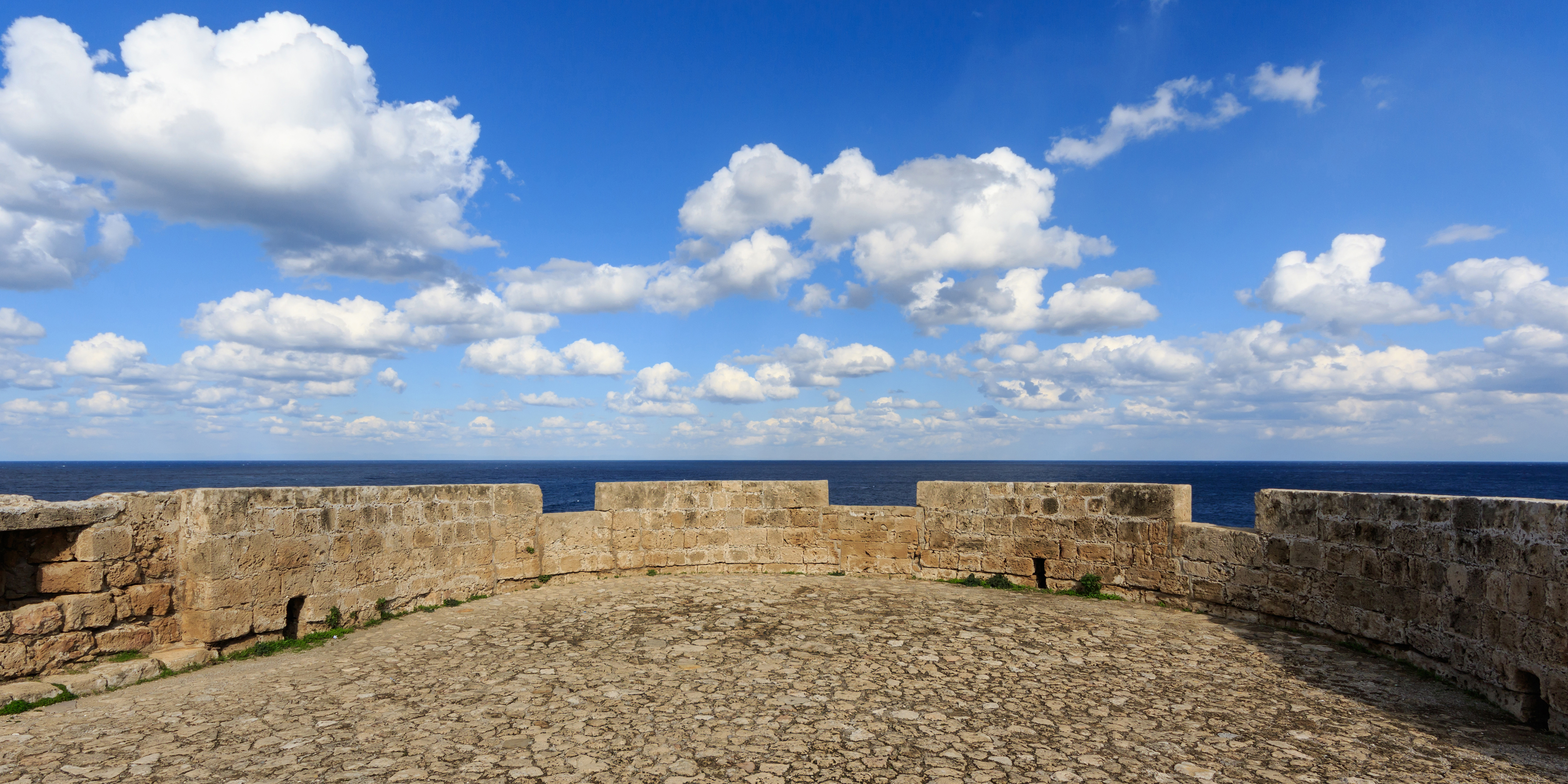|
Midleton Library
Midleton Library (), formerly Midleton Town Hall (), is a municipal building in Main Street, Midleton, County Cork, Ireland. The building, which was used as the market house and town hall throughout most of its life, is now used as a public library. It is included in Cork County Council's Record of Protected Structures. History The building in its original form was commissioned by Sir St John Brodrick of Ballyannan who was granted rights as lord of the manor of the Ballyannan Estate to the southwest of Midleton in 1670. It was complete by the time of the publication of Sir William Petty's county map, ''Hiberniae Delineatio'', in 1685 and was enhanced by a clock in around 1750. After it became dilapidated, George Brodrick, 4th Viscount Midleton invited proposals for the rebuilding of the structure in the early 1780s. The new structure was designed by John Morrison in the Italianate style, built in rough limestone and was completed in 1789. The design involved a symmetrical mai ... [...More Info...] [...Related Items...] OR: [Wikipedia] [Google] [Baidu] |
Midleton
Midleton (; , meaning "monastery at the weir") is a town in south-eastern County Cork, Ireland. It lies approximately 16 km east of Cork City on the Owenacurra River and the N25 road, which connects Cork to the port of Rosslare. A satellite town of Cork City, Midleton is part of Metropolitan Cork. It is the central hub of business for the East Cork Area. The town is in the civil parish of Middleton. Midleton is within the Cork East Dáil constituency. History In the 1180s advancing Normans led by Barry Fitz Gerald established an abbey at a weir on the river to be populated by Cistercian Monks from Burgundy. The abbey became known as "Chore Abbey" and "Castrum Chor", taking its name from the Irish word (weir), although some say that "Chor" comes from "Choir" or "Choral". The abbey is commemorated in the Irish name for Midleton, , or "Monastery at the Weir", and of the local river Owenacurra or meaning "River of the Weirs". St John the Baptist's Church, belonging to t ... [...More Info...] [...Related Items...] OR: [Wikipedia] [Google] [Baidu] |
Parapet
A parapet is a barrier that is an upward extension of a wall at the edge of a roof, terrace, balcony, walkway or other structure. The word comes ultimately from the Italian ''parapetto'' (''parare'' 'to cover/defend' and ''petto'' 'chest/breast'). Where extending above a roof, a parapet may simply be the portion of an exterior wall that continues above the edge line of the roof surface, or may be a continuation of a vertical feature beneath the roof such as a fire wall or party wall. Parapets were originally used to defend buildings from military attack, but today they are primarily used as guard rails, to conceal rooftop equipment, reduce wind loads on the roof, and to prevent the spread of fires. Parapet types Parapets may be plain, embattled, perforated or panelled, which are not mutually exclusive terms. *Plain parapets are upward extensions of the wall, sometimes with a coping at the top and corbel below. *Embattled parapets may be panelled, but are pierced, if not ... [...More Info...] [...Related Items...] OR: [Wikipedia] [Google] [Baidu] |
City And Town Halls In The Republic Of Ireland
A city is a human settlement of a substantial size. The term "city" has different meanings around the world and in some places the settlement can be very small. Even where the term is limited to larger settlements, there is no universally agreed definition of the lower boundary for their size. In a narrower sense, a city can be defined as a permanent and densely populated place with administratively defined boundaries whose members work primarily on non-agricultural tasks. Cities generally have extensive systems for housing, transportation, sanitation, utilities, land use, production of goods, and communication. Their density facilitates interaction between people, government organizations, and businesses, sometimes benefiting different parties in the process, such as improving the efficiency of goods and service distribution. Historically, city dwellers have been a small proportion of humanity overall, but following two centuries of unprecedented and rapid urbanization, more ... [...More Info...] [...Related Items...] OR: [Wikipedia] [Google] [Baidu] |

